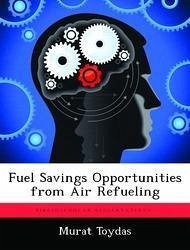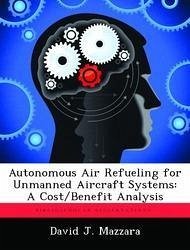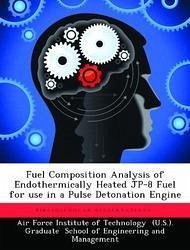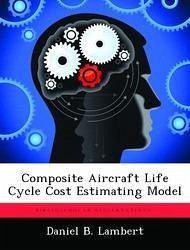Nicht lieferbar
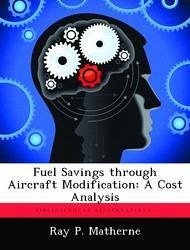
Fuel Savings Through Aircraft Modification
A Cost Analysis
Versandkostenfrei!
Nicht lieferbar
The 2008 National Defense Authorization Act requires the Secretary of the Air Force to task a federally funded research and development center to conduct an engineering analysis on modifying KC-135R and KC-10 tanker aircraft with winglets and submit a report to the congressional defense committees by May 1, 2009. This research summarizes the main issues that decision-makers should consider in the investment in a winglet modification program. The factors that should be included in any decision, such as fuel costs, aircraft utilization, and life-cycle costs are enumerated.Using historical flight...
The 2008 National Defense Authorization Act requires the Secretary of the Air Force to task a federally funded research and development center to conduct an engineering analysis on modifying KC-135R and KC-10 tanker aircraft with winglets and submit a report to the congressional defense committees by May 1, 2009. This research summarizes the main issues that decision-makers should consider in the investment in a winglet modification program. The factors that should be included in any decision, such as fuel costs, aircraft utilization, and life-cycle costs are enumerated.Using historical flight data from AMC's Global Decision Support System-2 and fuel reports from one of AMC's super tanker wings, a cost-benefit analysis is developed to aid in the decision-making process. Although the addition of winglets to the KC-135R could reduce the future fuel expenditures between $177 million and $1.1 billion over the modification costs by 2042, the second-order effects to current infrastructure may diminish any potential savings achieved by the modification. Further analysis is required on a location-by-location basis to obtain the actual costs of these second-orders effects before any modification decision is made.




